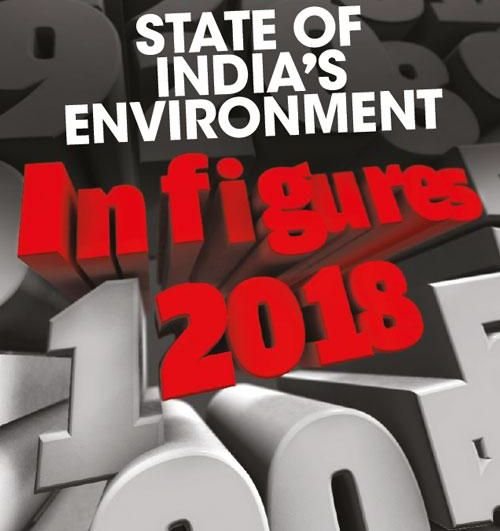Unable to improve its air quality, protect its biodiversity, and cut its greenhouse gas emissions, India–say all available data–stands today at the bottom of the Global Environment Performance Index (EPI) rankings.
In 2016, the country had ranked 141 out of 180 countries. In 2018, according to the just released State of India’s Environment (SoE) 2018 in Figures, it has slipped to the 177th position.
The state of our air: India scored 5.75 out of 100 in air quality. India’s disappointing performance and the gravity of the situation is further highlighted when compared with countries such as Switzerland and Japan which have scored over 90.
Delhi and Lucknow’s air quality was worst during winter months however Thiruvananthapuram, Bengaluru and Chennai, on the other hand, experienced comparatively better air quality.
The state of our water: The Ministry of Drinking Water and Sanitation launched the Har Ghar Jal Yojana to provide piped water supply to every household by 2030 to meet the Sustainable Development Goals.
However, in 18 Indian states and UTs, over 82 per cent rural households, which is the national average, remain without a tapped connection. Traces of new contaminants are now being reported in the country, suggesting a steady decline in the quality of groundwater.
The state of our sanitation: Under the Swachh Bharat scheme, 72.1 million individual household toilets in rural India have been constructed; however, little has been done to popularise their use.
In 2017-18, states have used just 1.3 per cent of the funds for carrying out IEC (Information, Education and Communication) activities to raise awareness in rural areas. The situation in urban areas is worse, close to a million households waiting for over six months for toilets to be constructed.
The state of our energy: After missing its targets for two consecutive years, the Centre, it appears, is fast losing interest in meeting its ambitious target of installing 175 gigawatt (GW) renewable energy by 2022. The poor performance will also hit the job-creation potential of the scheme which was estimated to be over 300,000. Only 9 per cent of the roof-top solar target has been met so far.
On the other hand, even as the Centre’s Ujjwala Yojana has covered all states, LPG distribution has taken place significantly in only 15 states.
The state of our forests: While India’s total forest cover has registered a 0.2 per cent increase between 2015 and 2017, there are some serious concerns over the growth pattern. The bulk of the increase has taken place in the open forest category, which includes commercial plantations–which is worrying.
When it comes to forest clearances, in 2017, the Central government, on an average, gave clearances to close to six developmental projects a day in forest areas.
Overall, there has been a 146 per cent increase in forestland diversion for non-forest activities in the past one year with maximum diversions recorded in Madhya Pradesh, Telangana and Odisha, which together accounted for 54 per cent of the total diverted area.
(The Story is based on data from- SoE in Figures, an annual compendium of environmental statistics put together by Down To Earth magazine.)






